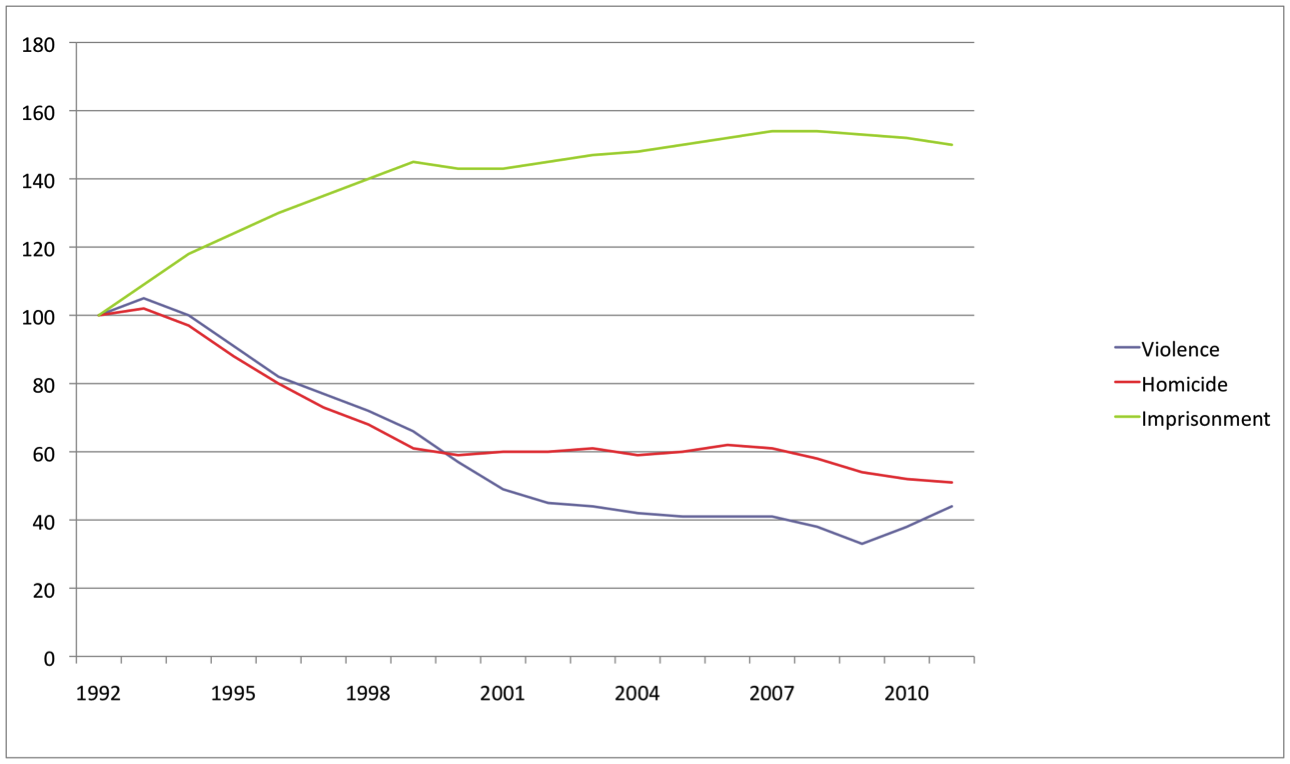Habeas Roundup: SCOTUS (Slightly) Eases Petitioners’ Paths
The U.S. Supreme Court has issued a flurry of habeas corpus decisions in the past two weeks. The habeas petitioner won in two of the cases and lost in the third. There are no blockbusters in the group, but habeas fans may find hope in two of the decisions that long-awaited breakthroughs may be in the works.
One that will be welcomed by habeas fans is McQuiggin v. Perkins (No. 12-126). Perkins was convicted of murder in state court, with the judgment becoming final in 1997. More than eleven years later, Perkins filed a federal habeas corpus petition, alleging that he received unreasonably poor representation by his trial counsel. The petition plainly violated the one-year statute of limitations for habeas petitions, but Perkins sought to get around the statute by presenting evidence that he was actually innocent of the crime of which he was convicted. The Supreme Court has long recognized that actual innocence is an exception to the procedural default rule, which normally bars federal courts from considering habeas claims that were not timely raised in state court. Perkins argued that there should also be an actual-innocence exception to the statute of limitations, and the Supreme Court agreed in a 5-4 decision.
Does this new exception threaten to eviscerate the statute of limitations?

